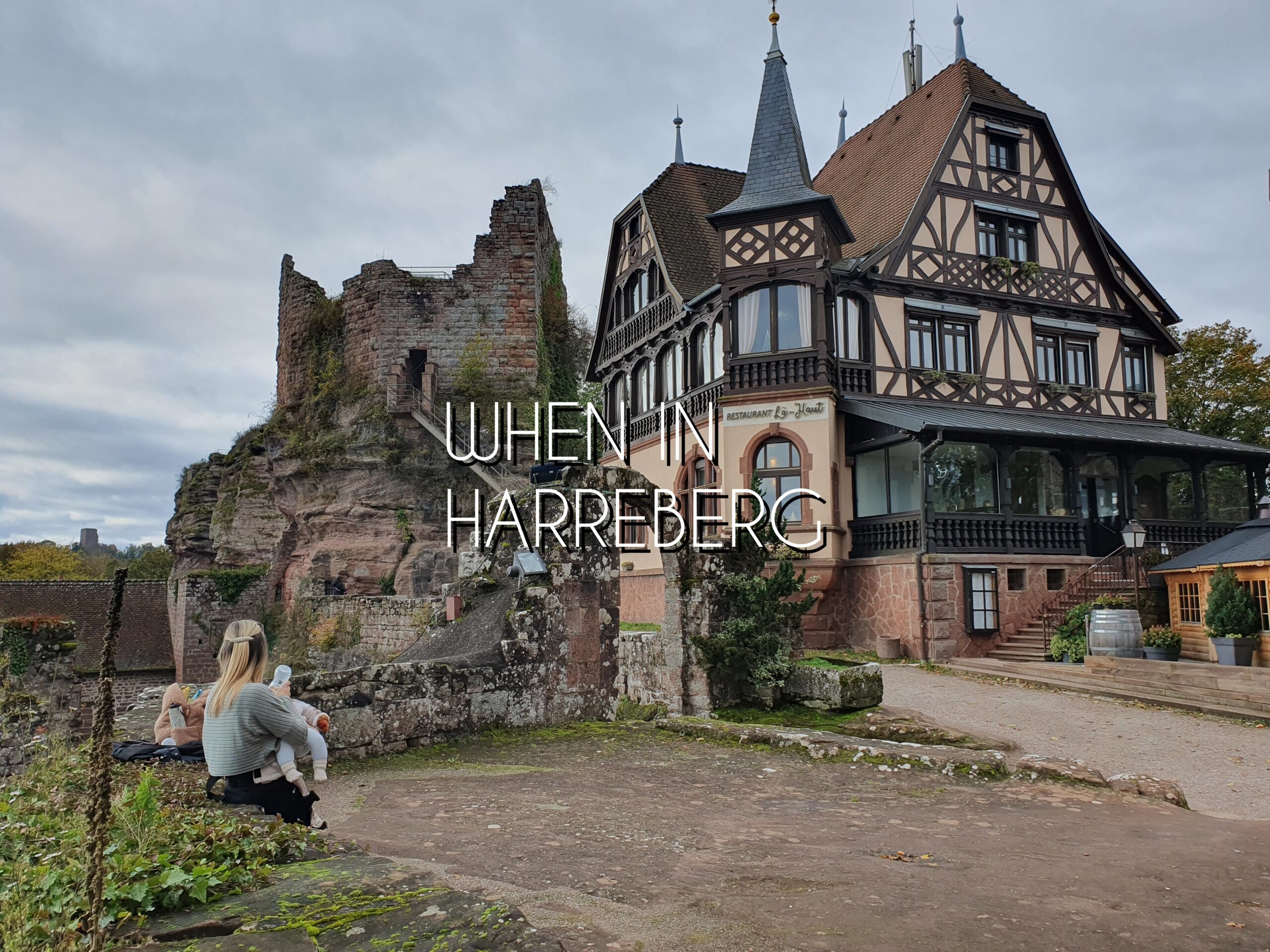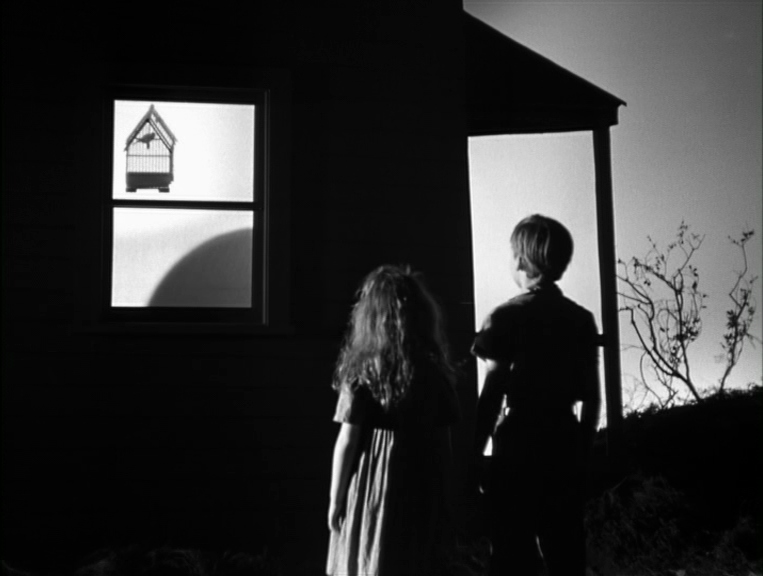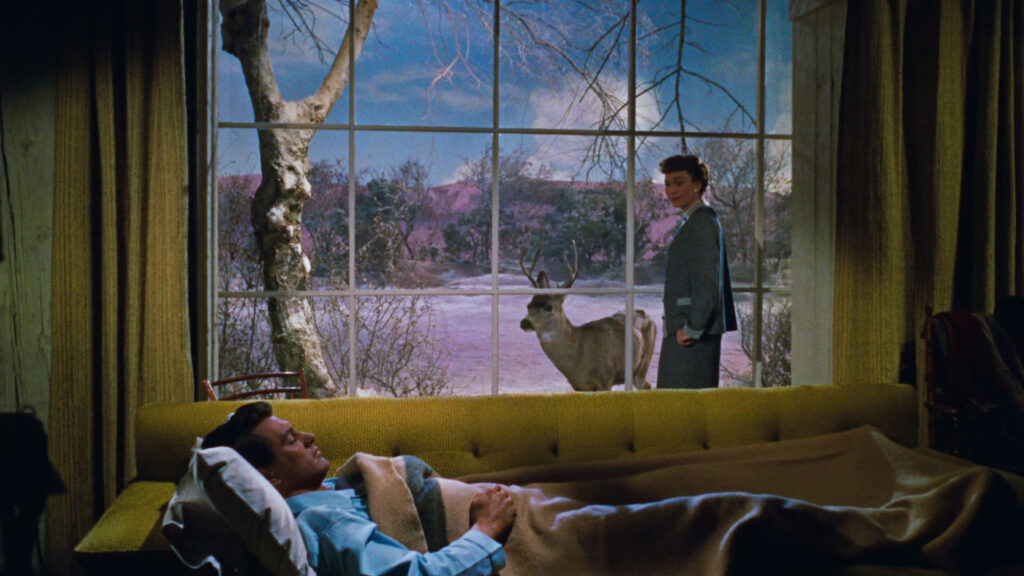As per my tradition, I regularly organize a film week whenever I take a vacation. This time around, I find myself surrounded by the breathtaking scenery of Northern France, staying in a charming chalet with my fiancée and our newborn son. Dubbed “When in Harreberg,” this film week showcases a thoughtfully chosen lineup from my IMDb watchlist. I have selected a variety of films from different countries and eras to provide a diverse cinematic experience.
Without delay, here is the comprehensive list I meticulously put together before embarking on this journey:
1. 42 Up (1998)
2. Au Revoir Les Enfants (1987)
3. Bande à Part (1964)
4. Blaze (2022)
5. Boogie Nights (1997)
6. Army of Shadows (1969)
7. Fermat’s Room (2007)
8. M (1931)
9. Ordinary People (1980)
10. Revanche (2008)
11. Szabadesés (2014)
12. The Hustler (1961)
13. The Nightmare (2015)
14. The Wisdom of Trauma (2021)
15. Theory of Obscurity (2015)
16. Threads (1984)
17. Time After Time (1979)
18. Tokyo-Ga (1985)
19. Tristana (1970)
20. Une Vraie Jeune Fille (1976)
21. Uzumaki (2000)
22. Viridiana (1961)
The First Few Failed Attempts
The film I was eager to watch first was György Pálfi’s “Szabadesés” (2014), also known as “Free Fall” in English. This Hungarian filmmaker intrigued me with his previous work, “Taxidermia” (2006), a dark and captivating horror film that leaves a lasting impression on its viewers. Despite my anticipation, “Szabadesés” proved elusive. I searched for a copy without success, unable to locate it for streaming. Although I discovered a full version on Vimeo, the absence of subtitles rendered it unusable for me.
The next film that eluded my search was the Spanish production “Fermat’s Room” (2007), often referred to as the ‘Saw for Mathematicians’. I have been on the lookout for this particular movie for over 15 years. Its intriguing premise resonates with me, especially as I am a strong advocate for Kammerspiel films. Regrettably, due to its limited distribution, I was unable to secure a copy, prompting me to explore alternative viewing options.
The First Screening – Monday
Made-for-TV movies often struggle to earn recognition for their cinematic qualities, auteur-driven approaches, or compelling narratives. However, one notable film from the 1980s challenges this notion. The UK television movie “Threads” (1984) defies this stereotype by vividly portraying a world ravaged by the devastating consequences of a nuclear catastrophe. The film unfolds with a harrowing and realistic depiction of the aftermath. Rumor has it that Ronald Reagan viewed “Threads” and, as a result, adjusted his rhetoric to avoid escalating global tensions further. If this anecdote holds true, the impact of this film on humanity surpasses that of many other artworks, potentially altering the course of history in a significant way.
The Second Screening – Tuesday
Luis Buñuel holds a special place as one of my favorite directors of all time. That’s why two of his films, “Tristana” (1970) and “Viridiana” (1961), made it onto the initial longlist without much hesitation. However, as the rule for this film week dictates only one film per director, a tough decision had to be made. Given Buñuel’s collaboration with his regulars, Fernando Rey and Catherine Deneuve, I opted for “Tristana” (1970). While it undoubtedly proved to be a fantastic watch, it didn’t quite reach the pinnacle of my personal favorite Buñuel works.
Film Not Found
Given my admiration for Yasujiro Ozu as my favorite director and my deep appreciation for Wim Wenders as a kindred spirit in the world of filmmaking, choosing to watch “Tokyo-Ga” (1985) was a natural decision for me. After viewing snippets of the film on YouTube, I was struck by Wenders’ shared admiration for the remarkable performances of Chishu Ryu, a long-time collaborator of Ozu and an actor of unparalleled talent, resonating deeply with my own sentiments. Wenders’ journey to Japan to interview this esteemed actor added another layer of intrigue to the project. Regrettably, the full movie seems to be elusive, leaving this dream endeavor unfulfilled for now.
The Third Screening – Wednesday
As our vacation is set in France, I felt compelled to include a French film in my viewing list. Having recently watched a film by Jean-Luc Godard during the ‘Multilingual Filmweek,’ where “Le Mépris” (1963) narrowly missed out to the Japanese masterpiece “Drive My Car” (2021), I opted for “Au Revoir Les Enfants” (1987) by Louis Malle. Malle had already captivated me with his earlier work, “Ascenseur pour l’échafaud,” which also sparked my admiration for Miles Davis. Watching “Au Revoir Les Enfants” proved to be a poignant experience, delving into the director’s personal grief. The film portrays a childhood trauma that haunted Malle throughout his life, intertwining his past with the harrowing events of WWII.
The Fourth Screening – Thursday
While exploring France with my fiancée and son, journeying from charming towns like Harreberg and Colmar to vibrant cities like Strasbourg and Nancy, we also ventured into Germany for hikes in the picturesque Black Forest. Inspired by our travels, I felt it would be delightful to include a German film in our viewing list. Selecting “M” (1931) was an easy decision, and it proved to be an excellent choice. This captivating film from the early 1930s stands out as one of the most engaging European movies of its time.
Fifth and Final Screening – Friday
The desire to watch “Fermat’s Room” has been lingering in my mind for more than 15 years, becoming a fixed idea that I couldn’t shake off. Determined to finally watch it, I embarked on an intensive search to locate a copy of the film. After a relentless quest, I managed to find a copy and, with subtitles in hand – as my Spanish skills are only at a novice level – I was finally prepared to unlock the mystery that awaited within the movie.

Results
Here are the results for filmweek “When in Harreberg”. It’s the 66th filmweek of all time:
5. Fermat’s Room (2007)
4. Threads (1984)
3. Tristana (1970)
2. M (1931)
1. Au Revoir Les Enfants (1987)
The film week experience served as a reminder that prolonged anticipation does not always guarantee cinematic excellence. “Fermat’s Room” fell short of expectations, failing to deliver on suspense and character development. The film seemed convinced of its own cleverness, only to reveal a lack of depth in its execution. Rather than offering a profound character study within a surreal setting, it resorted to formulaic, plot-driven storytelling reminiscent of less sophisticated Kammerspiel films. Consequently, lagging behind its counterparts, this movie, while entertaining, ultimately proved to be a disappointment.
In the ranking, coming in fourth place is a film that started off with tremendous engagement. The initial act captivated the audience, setting the stage for a narrative that delves into the aftermath of a nuclear disaster. While the filmmaker’s attention to detail and commitment to realism are commendable, as the film progresses, it begins to lose some of its connection with the viewer, making it harder to stay fully engaged.
Taking the third spot is Luis Buñuel’s “Tristana.” Despite high expectations that it might clinch the top spot, it fell slightly short when compared to the other classics in the lineup. Buñuel’s masterful touch is evident throughout the film, showcasing his exceptional command of storytelling. While there are many admirable aspects to the film, it didn’t quite surpass the excellence of the top two contenders.
Securing the second position is Fritz Lang’s “M,” a masterpiece of suspense that keeps viewers on the edge of their seats. Despite being almost a century old, the film feels remarkably fresh, unfolding its gripping story within the confines of a small city. Watching it now highlights Lang’s visionary approach, showcasing his foresight and innovation ahead of his time. “M” stands as a testament to the enduring brilliance of filmmaking and adds a valuable chapter to the history of cinema.
The victor of the 66th film week is Louis Malle’s poignant masterpiece, “Au Revoir Les Enfants.” Mostly situated within a boarding school for affluent children amidst WWII, the film chronicles a young Louis Malle, named Julien in this narrative, as he forges a profound friendship with a Jewish boy evading the Nazis. Because of their shared brilliance, the boys find solace in each other’s company, yet their bond is tragically severed. This heart-wrenching story encapsulates themes of friendship, war, and loyalty, presenting cinema in its most profound form. Monsieur Malle, we thank you for this cinematic gem.
Conclusion
“When in Harreberg” proved to be a captivating cinematic journey that transcended borders and genres. From the evocative landscapes of France to the gripping narratives of European cinema, each film showcased a unique tapestry of emotions, themes, and storytelling prowess. As we traversed through the realms of suspense, character dynamics, and historical tragedies, the films unraveled before us, leaving lasting impressions and igniting discussions on the power of storytelling. Through this cinematic exploration, we were reminded of the transformative impact of film, its ability to transport us across time and space, and its profound capacity to evoke emotions and provoke reflections. “When in Harreberg” not only celebrated the art of filmmaking but also reaffirmed the timeless relevance of cinema in shaping our perspectives and enriching our lives.




